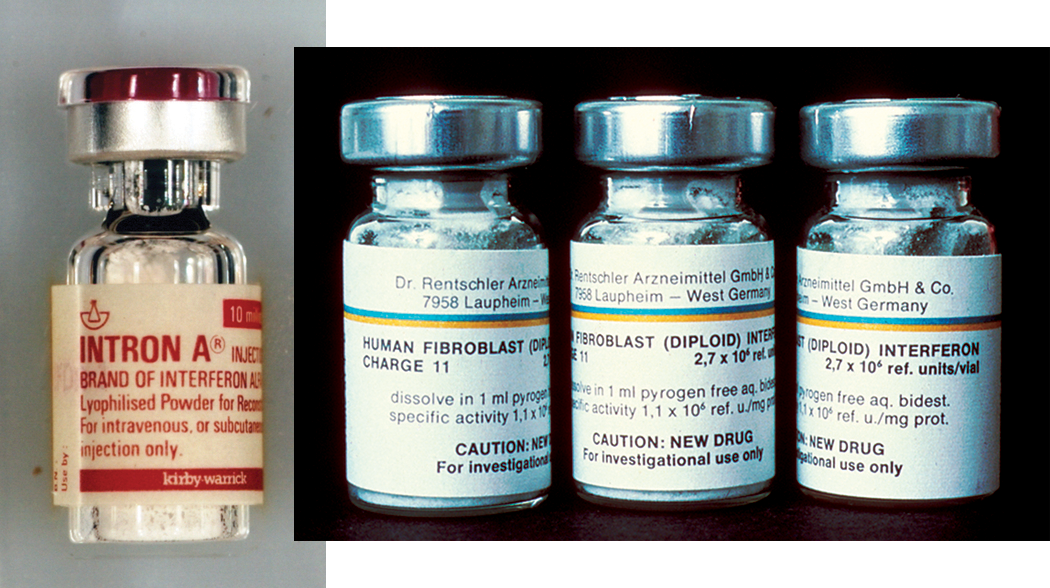...
| Dive | ||||||||||||||||||||||||
|---|---|---|---|---|---|---|---|---|---|---|---|---|---|---|---|---|---|---|---|---|---|---|---|---|
| ||||||||||||||||||||||||
|
Molecular Engineering: What Happens When You Change a Protein?
| Span | ||
|---|---|---|
| ||
| Christian Anfinsen holds an RNA structure model made from a coat hanger in front of a schematic showing how proteins fold and thereby function. |
| Span | ||
|---|---|---|
| ||
| Richard T. Nowicz Photography |
| Dive | ||||||||||||||
|---|---|---|---|---|---|---|---|---|---|---|---|---|---|---|
| ||||||||||||||
|




